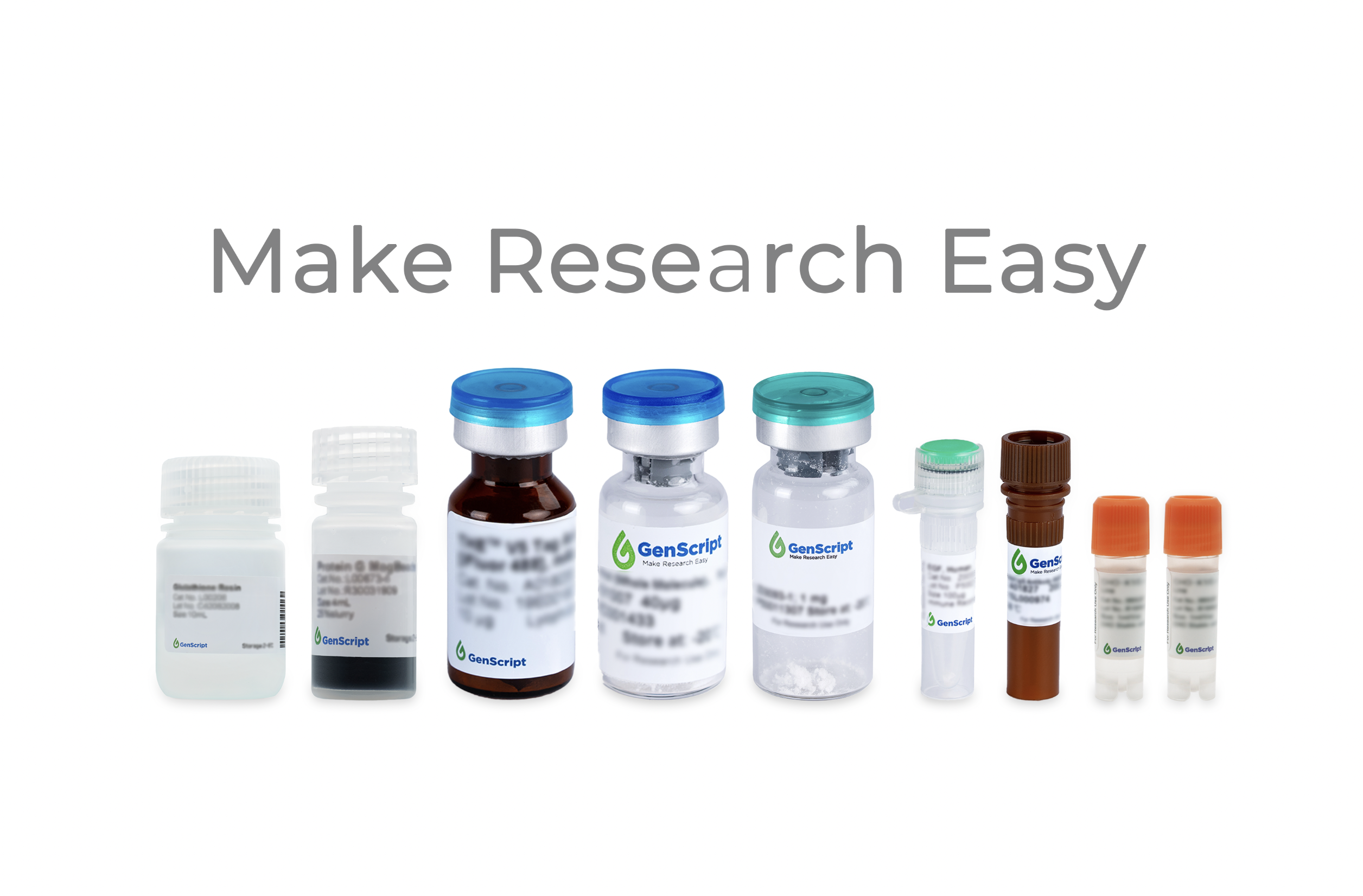G-CSF hFc Chimera, Human
Granulocyte colony-stimulating factor (G-CSF) is an hemopoietic growth factor produced by fibroblasts, monocytes and endothelial cells. G-CSF is expressed by numerous cell types including neuronal, immune and endothelial cells. G-CSF is released in autocrine manner and binds to its receptor G-CSF-R which further activates numerous signaling transduction pathways including PI3K/AKT, JAK/STAT and MAP kinase, and thereby promote neuronal survival, proliferation, differentiation, mobilization of hematopoietic stem and progenitor cells.
| ¥3000 | |
| Z05337-100 | |
|
|
|
|
|
|
|
|
|


































